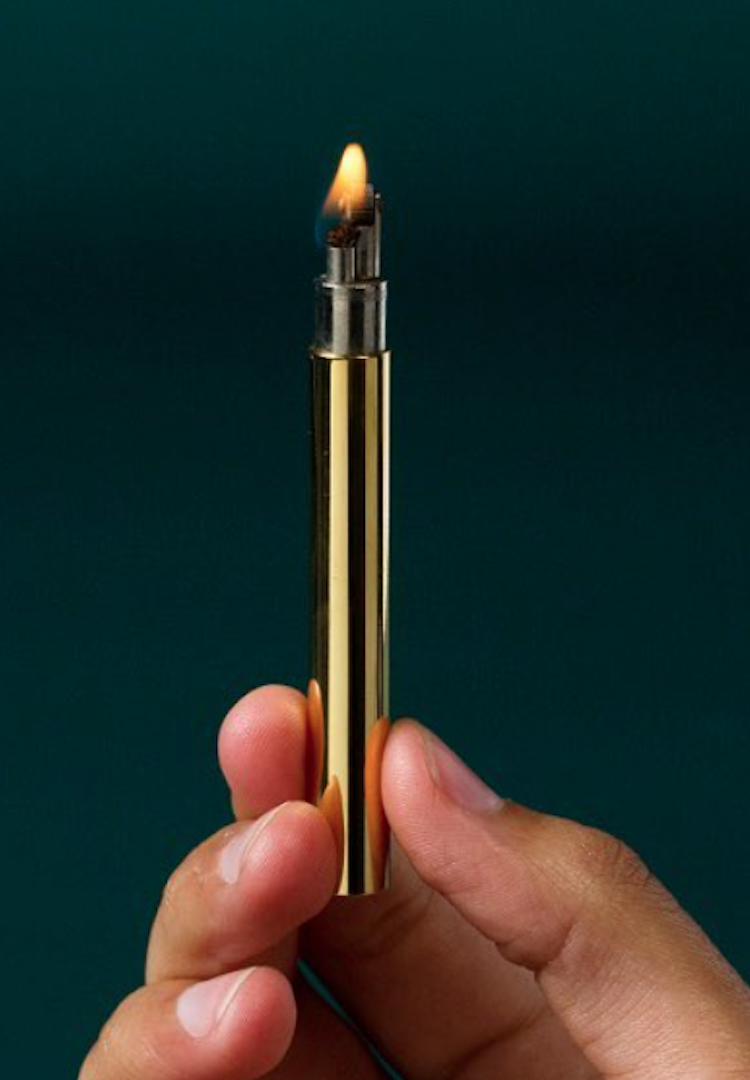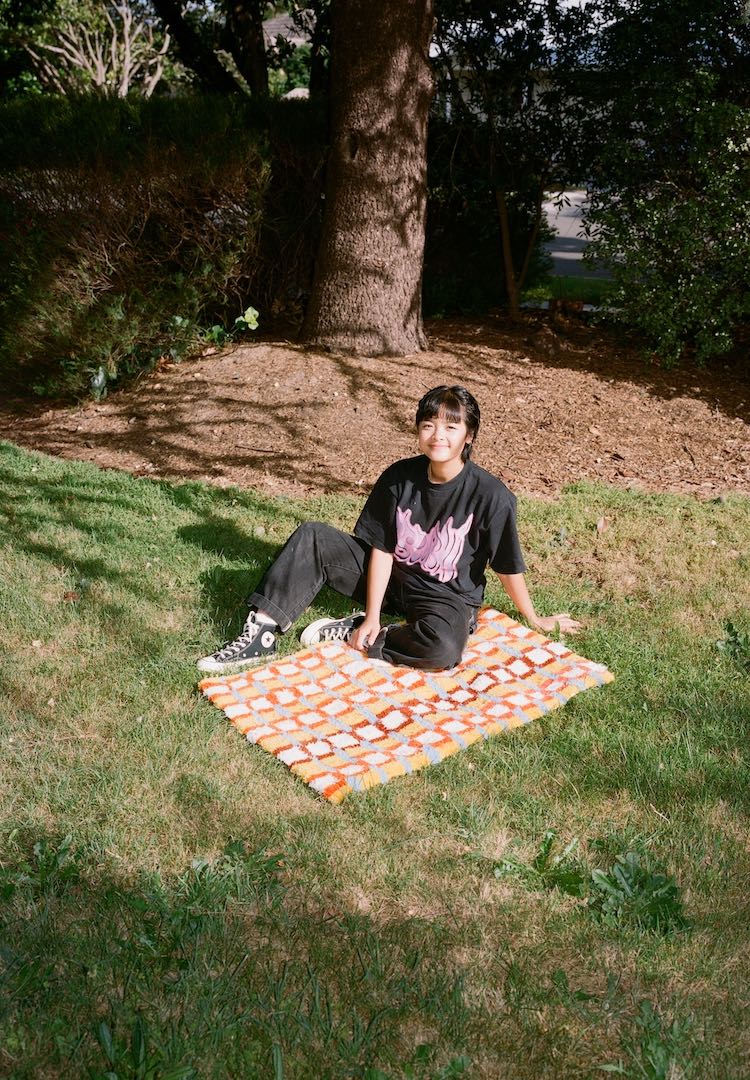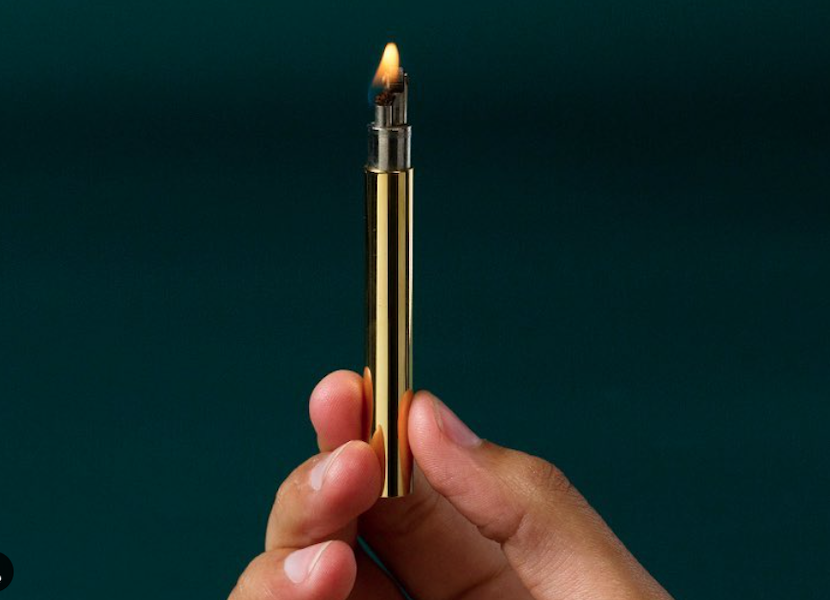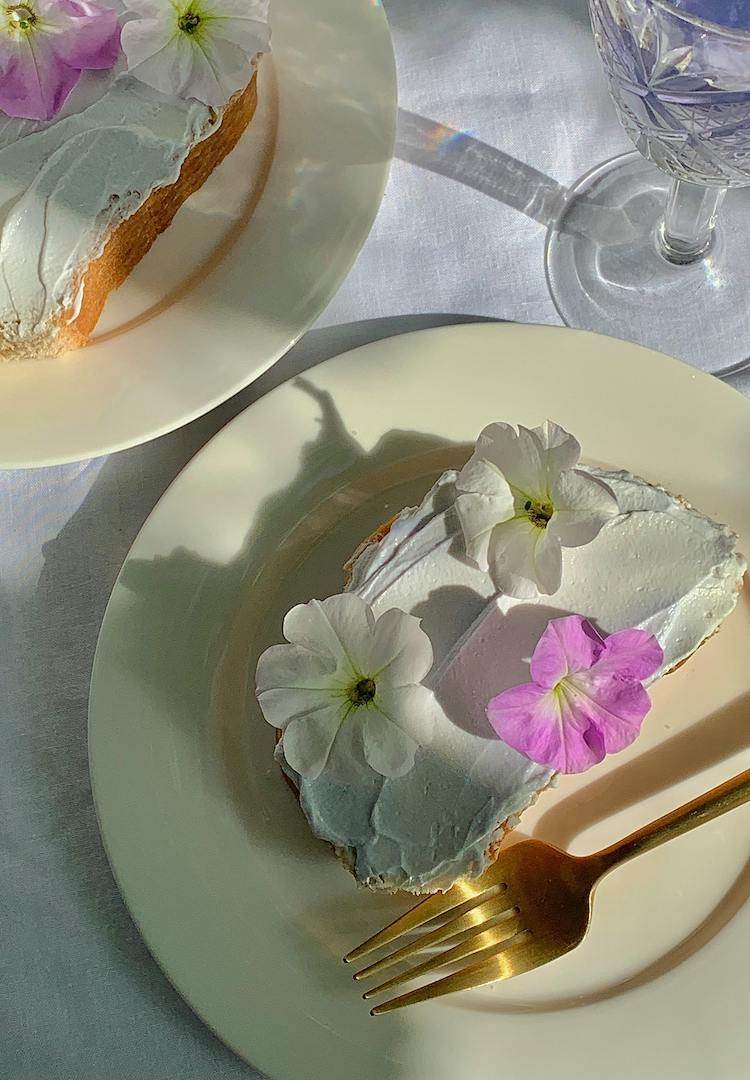Vaping has been co-opted by wellness culture, and I fell victim to it
IMAGE VIA SUBTLE BODIES
WORDS BY Jasmine Pirovic
Puff, puff – I’ll pass.
I was first introduced to vaping when a girl I met at a housewarming billowed cheesecake scented mist at me like a five-foot dragon.
It was far from the meme I recalled of soft-boy-types furiously sucking the end of a gaudy device while trying to ‘explain’ Bjork to me. She made it look fun, like an accessory no different to my pastel necklaces or her all-black bum bag.
It was from then that these little pods would make cameo appearances; at a friend’s birthday party they lay in a mound, empty and discarded in a crystal serving bowl like a giant technological fruit salad.
Another time I hung in the park with a group of friends – a figure eight of people sipping, scrolling and suckling at their vapes as though they were pacifiers.
As someone who hadn’t smoked in years due to a mild case of asthma, I was surprised at how readily I leapt to the tobacconist to pick out my flavour of choice (grape). The man behind the counter was not. I was just another White woman in a long line of others queuing to partake in some flashy new trend.
When I had smoked in previous years, it was always fuelled by vanity. The nicotine was always secondary to the way smoking allowed me to curate a specific image of myself. One that was brooding, aloof and aligned with the cool-girl archetype present in fashion at the time.
With hindsight, my whole body cringes at just how dumb the charade was. I think the fashion industry feels the same as it works to disentangle itself from its heroin chic, cigarette-heavy days.
For many, however, smoking is an addiction, one that carries very real financial, emotional and physical burdens and so my own experience of it is self-indulgent and shrouded in privilege.
But what I have noticed is the way this new obsession with vaping has been incorporated into our lives to once again accessorise and embellish. These sleek pods with a colour scheme directly from a Skittles packet have captured our attention. Why?
Part of the appeal may be that they don’t hold all the same carcinogenic surprises as traditional cigarettes, but we still don’t know much about them except that they’re vessels of nicotine. Really cute vessels. Am I the only one uncomfortable with how pretty these things are?
I see my friends’ Instagram stories where they consciously match their outfit to the tube gripped between their thumb and forefinger. Like their cigarette forefathers, the power of these pods is their visibility, instant recognition and ability to convey a message.
In a world where it is widely accepted that our choices as consumers echo our individual values, these pods have been held up as a visible expression of who we are, or the person we are trying to be seen as.
If you pick grape, peach or watermelon? You might favour Parade underwear and Susan Alexandra’s beaded bags. Lychee or cantaloupe? You’re a well-cemented contrarian. Cherry? There you are! Our resident e-girl, with over 50,000 followers on Depop.
With the advent of social media, we have been introduced to a new medium for self-expression. It’s one that is far-reaching and places a monetary value on the ability to distil all the parts of your identity with market power into a window-display of your most authentic self, i.e. your ‘personal brand’.
Many who participate in social media feel a crippling anxiety to represent the most concentrated, uncompromising version of themselves, and this is echoed through our smoking habits. It’s no wonder we all need to vape.
I was in conversation with my friend and she very eagerly explained to me how three puffs from her vape were equivalent to a whole cigarette. “Convenient, hey?” she asserted. This comment reminded me of one of the key tenets of wellness culture: “How can I do all of this… but better?”.
What underpins wellness culture is not the yoni eggs or the appropriation of Indigenous traditions (although this is a close contender) but the positioning of people as real-estate to be constantly renovated, pulled apart and built upon. And now our vices are territory up for grabs.
In her 2019 essay Always Be Optimising, Jia Tolentino described this phenomenon as ‘self-optimisation’. We have been convinced that every choice, every meal, even a puff from a cigarette, should be an act of efficiency and a step toward betterment.
This is partly the by-product of living under a capitalist system that centres selfhood and encourages self-improvement to increase productivity. But what self-optimising relies on most is the sentiment that what already exists is somehow inherently deficient.
And I don’t just mean smoking – we all know that definitely could improve. Even e-cigarettes, as many medical professionals still warn against the use of them, informing us that they are not entirely guilt-free.
What vaping has taught me is that self-optimising is exhausting. Is this obvious? Probably, but it would be remiss of me to ignore the way morality is tied up with this concept of being the best you can be. Junk food? Bad. Vaping? Better. Green Juice? Best!
In many cases, the choice to participate in this culture of optimisation (in this instance, vaping) is one only afforded to those with privilege and works to penalise those who cannot afford to do so, in turn, othering them. This is another downfall of wellness culture and provides us with more reason to question this line of thinking.
But back to Tolentino. She writes optimisation is “to procure the greatest amount of what is desirable at the expense of the least that is undesirable – in other words, to maximize pleasure”.
The pressure to self-optimise convinced me, an asthmatic that I could have it all – the pleasure of vaping without all the toxicity of cigarettes – and I could be part of a trend while I did it.
But the thing is, I was actually doing just fine without ye ol’ vape. What a trick! Just another vanity project I embarked on, no different to the cigarettes all those years before.










